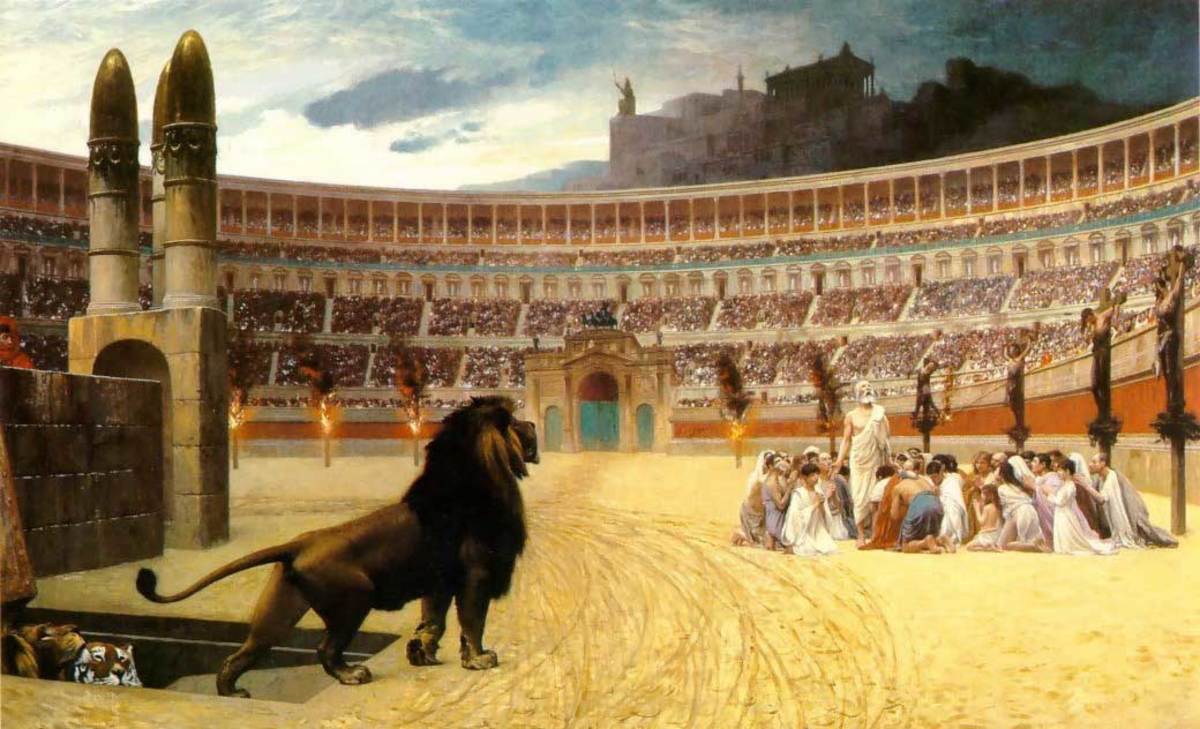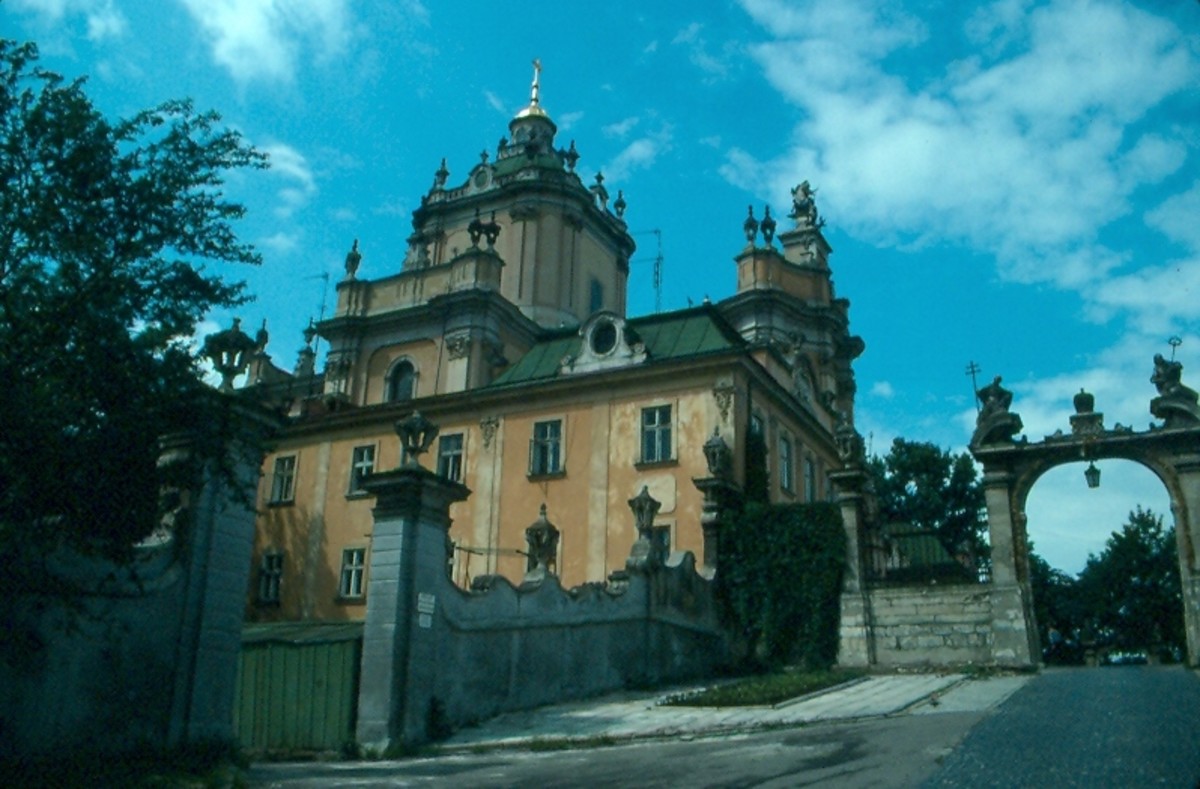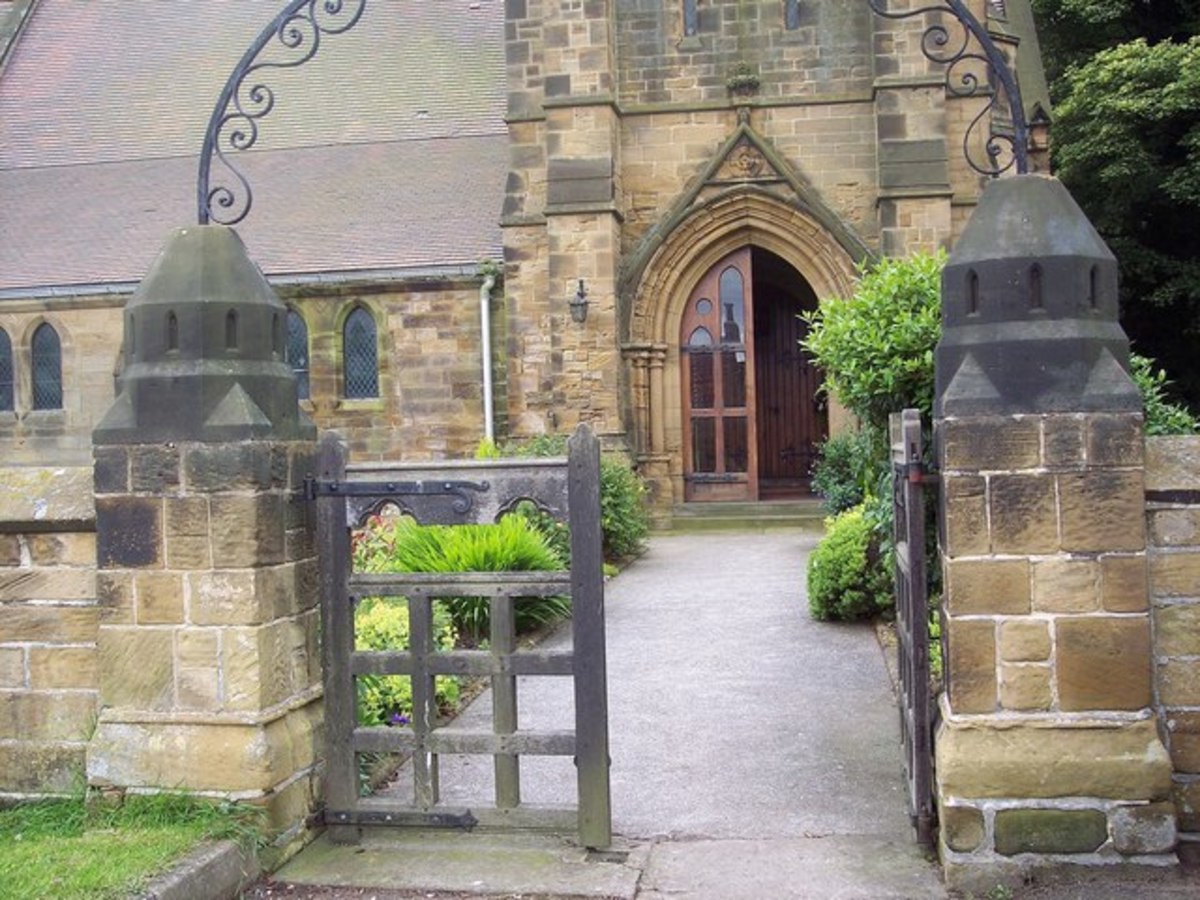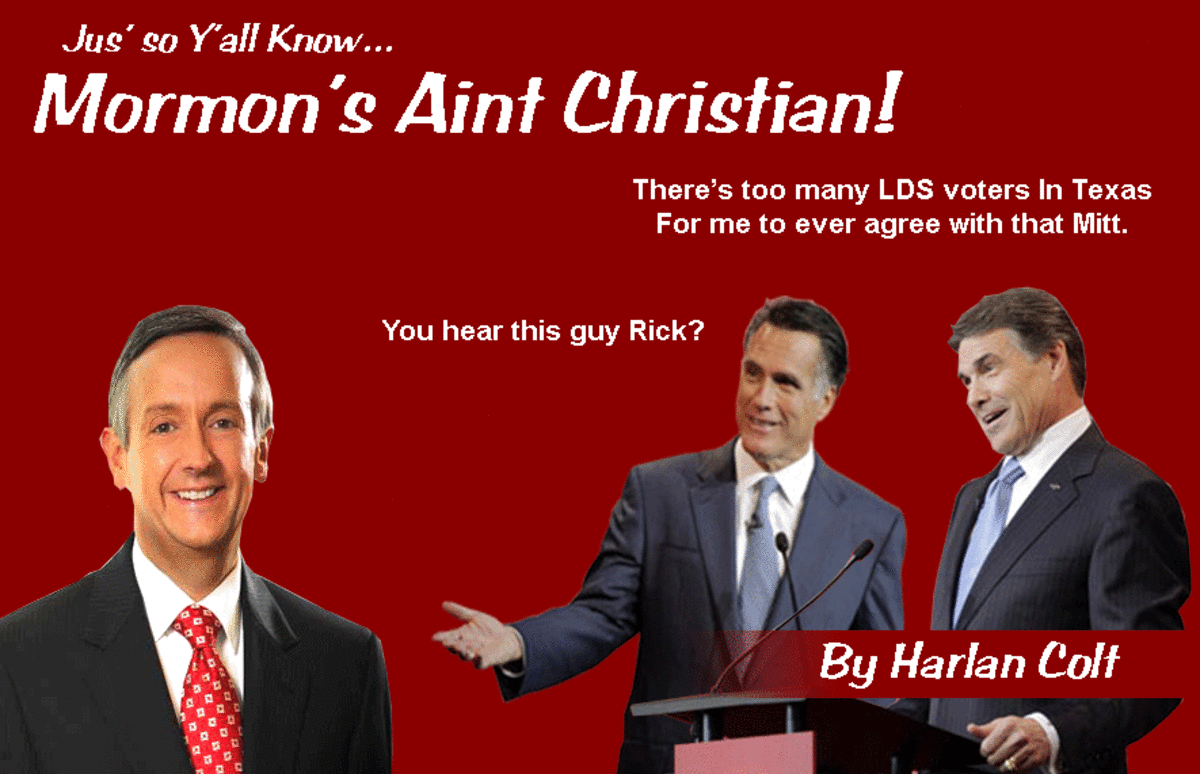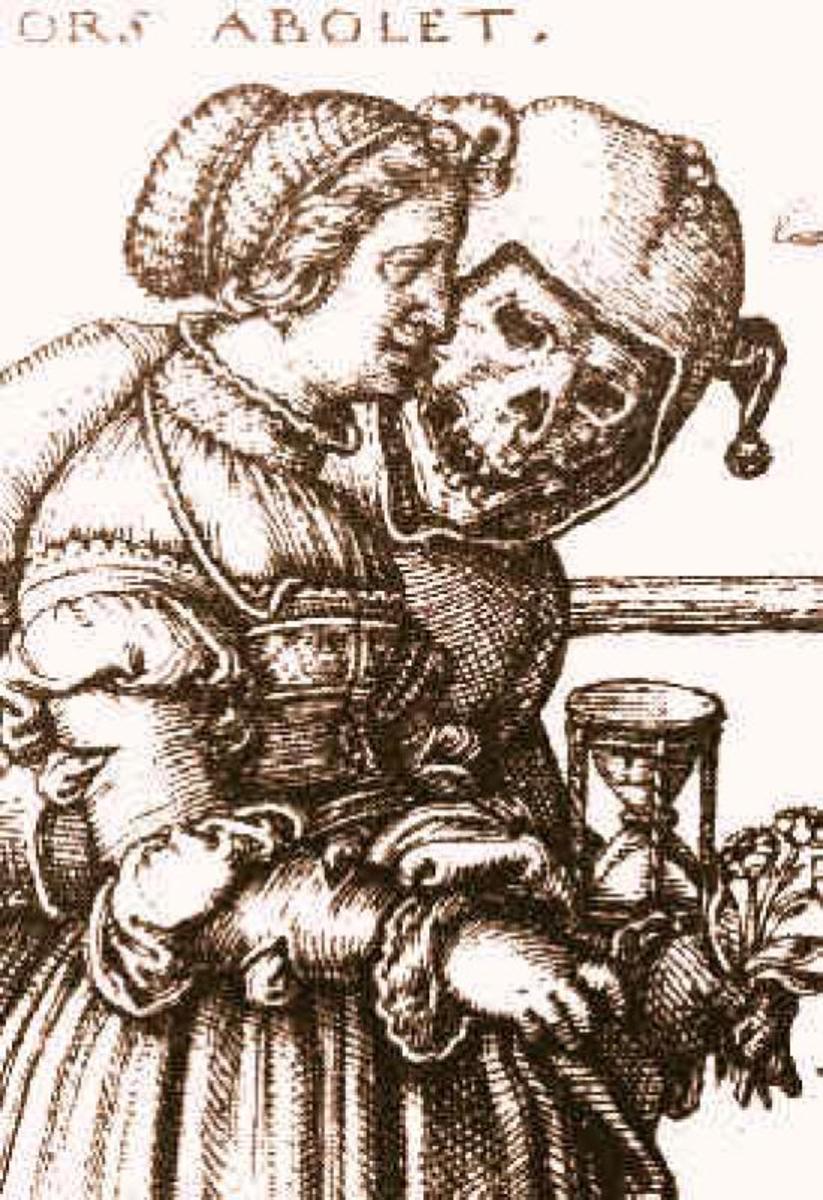What Changes a Building Into a Church?
The churches of Nova Scotia
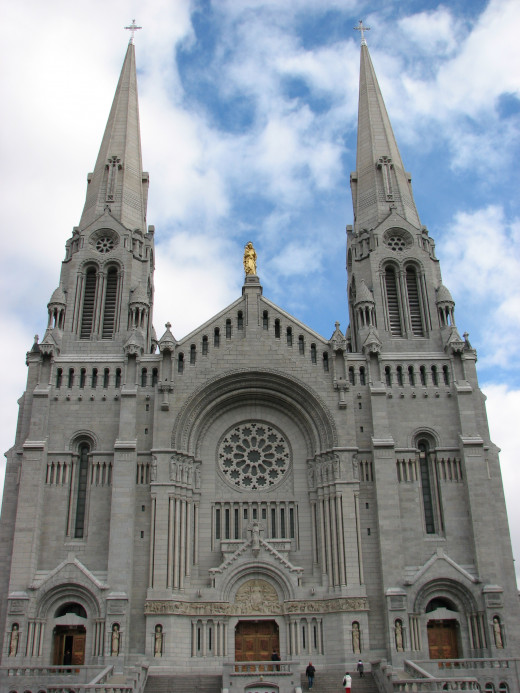
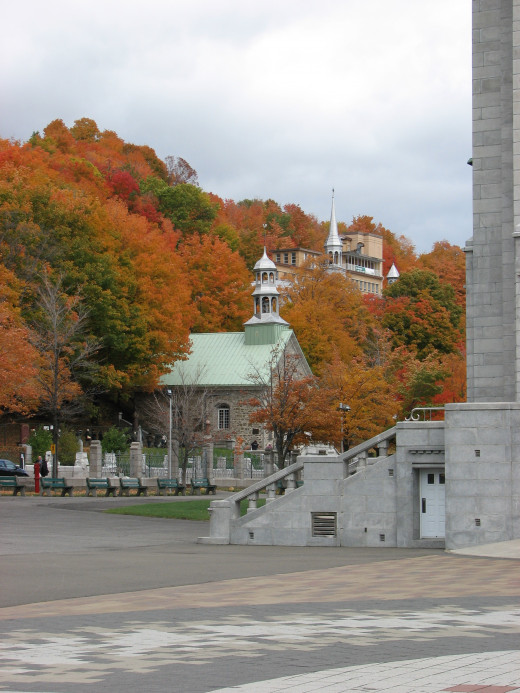
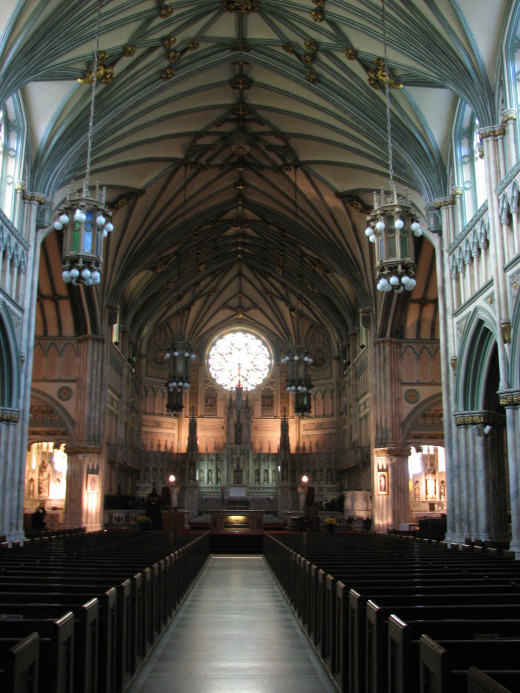
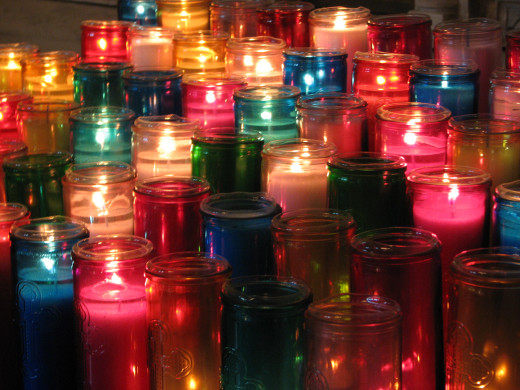
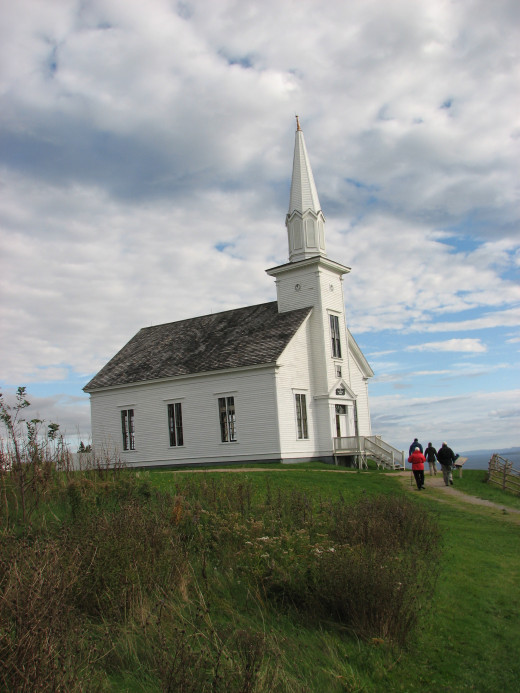
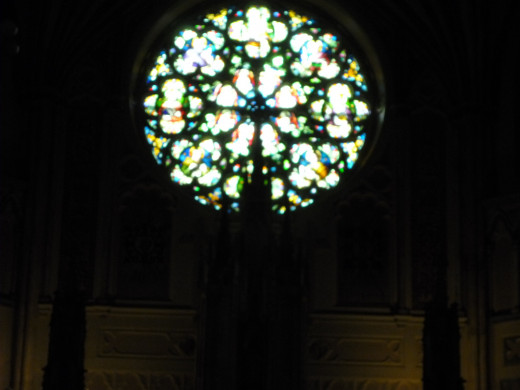

Almost every town has one, from the smallest village to the biggest metropolis.
They vary from little more than a lean-to shack all the way up the scale to a cathedral that took several lifetimes to build.
They are the place people choose for the celebrations of their lives: weddings, baptisms, holidays. And they are the places people are drawn to when they seek a refuge from the ravages of their lives.
A church.
The most famous young man in America once chose one as the place he wanted to wed the love of his life. Primitive, white-washed, wooden boards and nails, a space barely large enough for he and his bride and the minister to hold the nuptials on the island off the coast of Georgia.
A future queen, who eventually could not even keep her title as Her Royal Highness, was commanded to wed at a cathedral not of her choosing. The massive number of dignitaries to be invited to witness the historic union dictated a larger venue. But as the fates conspired against her and took the upper hand in the end, even her most celebrated marriage couldn't survive the splendor of its beginning.
Before Roman Emperor Constantine made Christianity the official religion of his empire, churches were not buildings. To early Christians “church" meant the act of assembling together for worship and fellowship. The first property owned by the Roman church were the catacombs – burial grounds not buildings.
A little historical research reveals the earliest building exclusively used for Christianity was at Dura Europos in Syria on the Euphrates River. It is interesting that this region is so often involved in the birth of the Christian religion. It is also believed by some to be the possible location of the Garden of Eden. This particular church’s existence was brief, a period of less than thirty years, but it gave the “church” a new meaning: a visible sign of permanence.
Early church builders wanted their work product to express their faith. This is why most churches include "a path" or center aisle that leads to an intersection at an altar, which represents the moment of salvation when God is revealed and an individual soul is redeemed. Early American churches followed the example of the British meeting house: simple in design, with high ceilings to let in plenty of natural light. Often both in the old and new worlds the church building became the center of the community providing more than a place to worship. They were used for education, civic initiatives, and meeting the physical needs of those in the vicinity.
I've been in churches that met in movie theaters, store fronts, community centers, and Quonset huts. When I was growing up, on Sunday nights in August our church would abandon the un-air conditioned building where we normally met and escape to a nearby campground and its open-air arbor. It was more than one hundred years old way back then, and it's been forty years since my last campground meeting. The campground wasn't a place to pitch tents and roast marshmellows. It was a place for week-long revival meetings. It was a place for dinner on the grounds, which is Southern-speak for having a picnic. It was a place for singing four part harmonies accompanied only by a tin-y sounding piano. Preachers hid God's Word in their hearts, proclaimed it with tongues of fire, and left Holy Ghost in the rafters. It was a place where you had church, not a place where you went to church.
In the Bible the "church" is referred to as a body of believers, the physical extention of Jesus here on earth. His hands. His feet. His outstretched arms to a world in need. Maybe that is why almost anywhere people live in close proximity to each other they feel the need to establish a church house in whatever form they can afford. Like that first one on the Euphrates River, churches are still a visible sign that people assemble together. Like the ones in the earliest settlements in the new world, they are still the center of most communities. And like the Bible defines it, the church still attempts to be outstretched arms to those in need.

